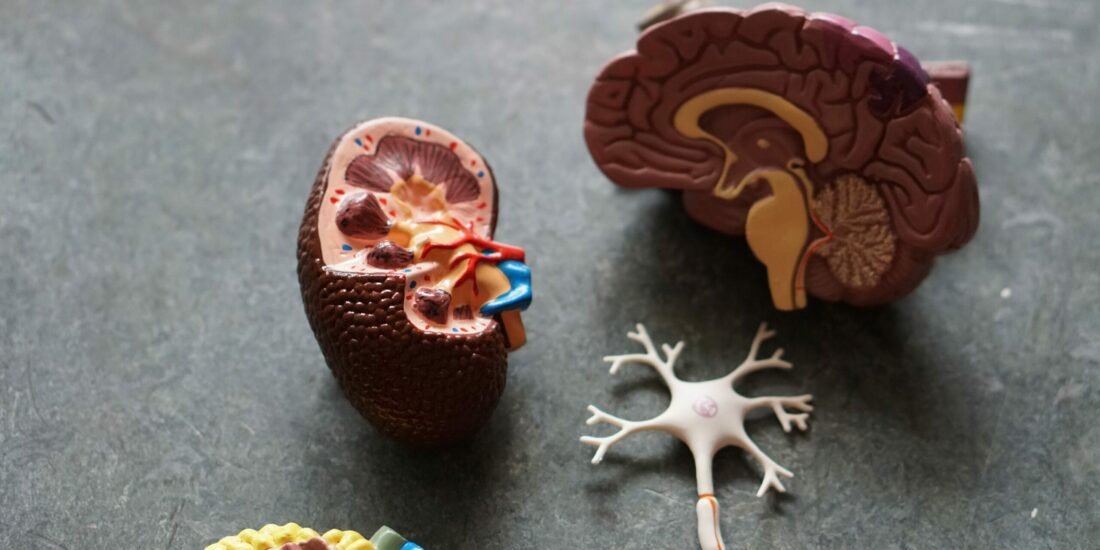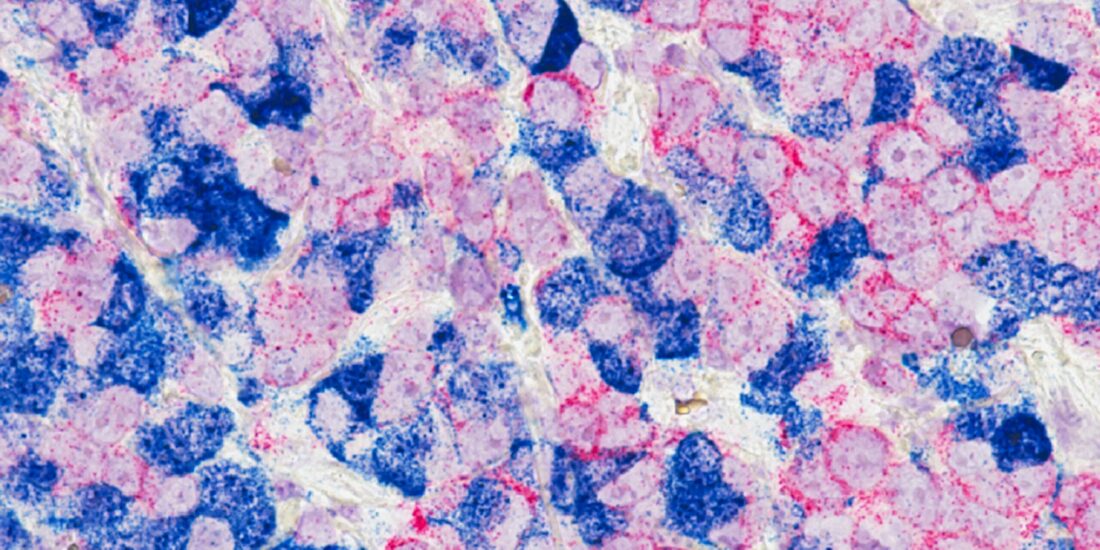Role of transient receptor potential ankyrin 1 (TRPA1) on nociception caused by a murine model of breast carcinoma
By Amanda Spring de Almeida, Flávia Karine Rigo, Samira Dal-Toé De Prá, Alessandra Marcone Milioli, Gabriele Cheiran Pereira, Débora Denardin Lückemeyer, Caren Tatiane Antoniazzi, Sabrina Qader Kudsi, Daniel Mendes Pereira Ardisson Araújo, Sara Marchesan Oliveira, Juliano Ferreira, and Gabriela Trevisan Excerpt from the article published in Pharmacological Research, Volume 152, February 2020, 104576, ISSN 1043-6618, […]
Continue ReadingSigma-1 receptor is a key genetic modulator in amyotrophic lateral sclerosis
By Simon Couly, Bilal Khalil, Véronique Viguier, Julien Roussel, Tangui Maurice, and Jean-Charles Liévens Excerpt from the article published in Human Molecular Genetics, Volume 29, Issue 4, 15 February 2020, Pages 529–540, https://doi.org/10.1093/hmg/ddz267 Editor’s Highlights The Sigma-1 receptor (S1R) is a transmembrane protein mostly located in the endoplasmic reticulum (ER), that presents a main bulk in […]
Continue ReadingNO1, a New Sigma 2 Receptor/TMEM97 Fluorescent Ligand, Downregulates SOCE and Promotes Apoptosis in the Triple Negative Breast Cancer Cell Lines
By Carlos Cantonero, Pedro Javier Camello, Carmen Abate, Francesco Berardi, Gines Maria Salido, Juan Antonio Rosado, and Pedro C. Redondo Excerpt from the article published in Cancers 12, no. 2: 257. 21 January 2020, DOI https://doi.org/10.3390/cancers12020257 Editor’s Highlights Cancer cell proliferation results from a dysregulated cell cycle and an impaired cell-death signaling mechanism, where changes in […]
Continue ReadingNO1, a New Sigma 2 Receptor/TMEM97 Fluorescent Ligand, Downregulates SOCE and Promotes Apoptosis in the Triple Negative Breast Cancer Cell Lines
By Carlos Cantonero, Pedro Javier Camello, Carmen Abate, Francesco Berardi, Gines Maria Salido, Juan Antonio Rosado, and Pedro C. Redondo Excerpt from the article published in Cancers. 2020; 12(2):257. DOI: https://doi.org/10.3390/cancers12020257 Editor’s Highlights Cancer cell proliferation results from a dysregulated cell cycle and an impaired cell-death signaling mechanism, where changes in the cytosolic free-Ca2+ concentration play […]
Continue ReadingThe Glu102 mutation disrupts higher-order oligomerization of the sigma 1 receptor
By Ara M. Abramyan, Hideaki Yano, Min Xu, Leanne Liu, Sett Naing, Andrew D. Fant, and Lei Shi Excerpt from the article published in Computational and Structural Biotechnology Journal, Volume 18, 2020, Pages 199-206, ISSN 2001-0370, DOI: https://doi.org/10.1016/j.csbj.2019.12.012. Editor’s Highlights The E102Q mutation of σ1R has been found to elicit familial cases of amyotrophic lateral […]
Continue ReadingLipid metabolic pathways converge in motor neuron degenerative diseases
By Olivia J. Rickman, Emma L. Baple and Andrew H. Crosby Excerpt from the article published in Brain, Volume 143, Issue 4, April 2020, Pages 1073–1087, https://doi.org/10.1093/brain/awz382 Editor’s Highlights Genetic, molecular, cell and animal studies have identified dysfunctional lipid metabolic outcomes as a common theme in Motor neuron diseases (MNDs)-associated molecules. Aberrant lipid metabolism is also […]
Continue ReadingAmyloid, APP, and Electrical Activity of the Brain
By Dimity Hefter, Susann Ludewig, Andreas Draguhn, and Martin Korte Amyloid Excerpt from the article published in Neuroscientist. 2020;26(3):231-251. Doi: https://doi.org/10.1177/1073858419882619 Editor’s Highlights Abstract The Amyloid Precursor Protein (APP) is infamous for its proposed pivotal role in the pathogenesis of Alzheimer’s disease (AD). Much research on APP focusses on potential contributions to neurodegeneration, mostly based […]
Continue ReadingLipocalin-2 Regulates Epidermal Growth Factor Receptor Intracellular Trafficking
By Lucie Yammine, Aniela Zablocki, William Baron, Fabiola Terzi, and Morgan Gallazzini Excerpt from the article published in Cell Reports, volume 29, issue 7, P2067-2077.E6, November 12, 2019, DOI: https://doi.org/10.1016/j.celrep.2019.10.015 Editor’s Highlights Lcn2, also known as neutrophil gelatinase-associated lipocalin (NGAL), siderocalin, or uterocalin, is a 25-kDa secreted glycoprotein that belongs to the lipocalin superfamily and has been […]
Continue ReadingDirect, gabapentin-insensitive interaction of a soluble form of the calcium channel subunit α2δ-1 with thrombospondin-4
By Ehab El-Awaad, Galyna Pryymachuk, Cora Fried, Jan Matthes, Jörg Isensee, Tim Hucho, Wolfram F. Neiss, Mats Paulsson, Stefan Herzig, Frank Zaucke, and Markus Pietsch Excerpt from the article published in Scientific Reports 9, 16272 (2019), Published 07 November 2019 DOI: https://doi.org/10.1038/s41598-019-52655-y Editor’s Highlights Thrombospondins (TSPs) form a family of five large oligomeric extracellular matrix glycoproteins […]
Continue ReadingThe sigma-1 receptor as key common factor in cocaine and food-seeking behaviors
By David Aguinaga, Mireia Casanovas, Rafael Rivas-Santisteban, Irene Reyes-Resina, Gemma Navarro, and Rafael Franco Excerpt from the article published in Journal of Molecular Endocrinology, 63(4), R81-R92, November 2019, DOI: https://doi.org/10.1530/JME-19-0138 Editor’s Highlights Food-seeking behavior involve peripheral and central players, ghrelin being one of the most relevant. Ghrelin is a peptide hormone that controls food intake and energy […]
Continue Reading









